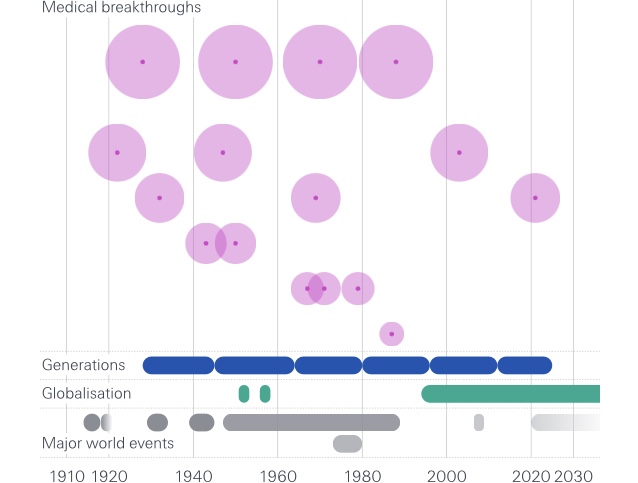How The US Economy Avoids The Longevity Trap
By Anthony Roth The anticipated increase in the proportion of the American population aged 65 and older—from 58 million in 2022 to a projected 82 million by 2050—calls attention to the economic implications of increased longevity. Yes, this trend will bring significant challenges to continued economic growth. Fortunately, I believe the U.S. is uniquely positioned to overcome these challenges and capitalize on the economic opportunities related to longevity. Strength In Aging A key to any discussion of the increasing age of our population should also...










